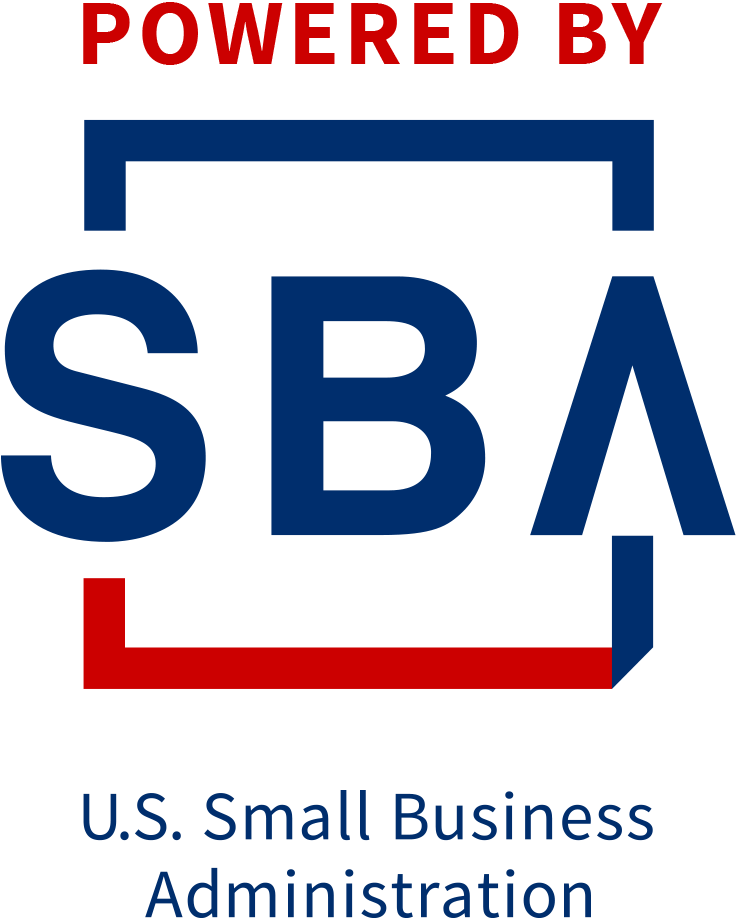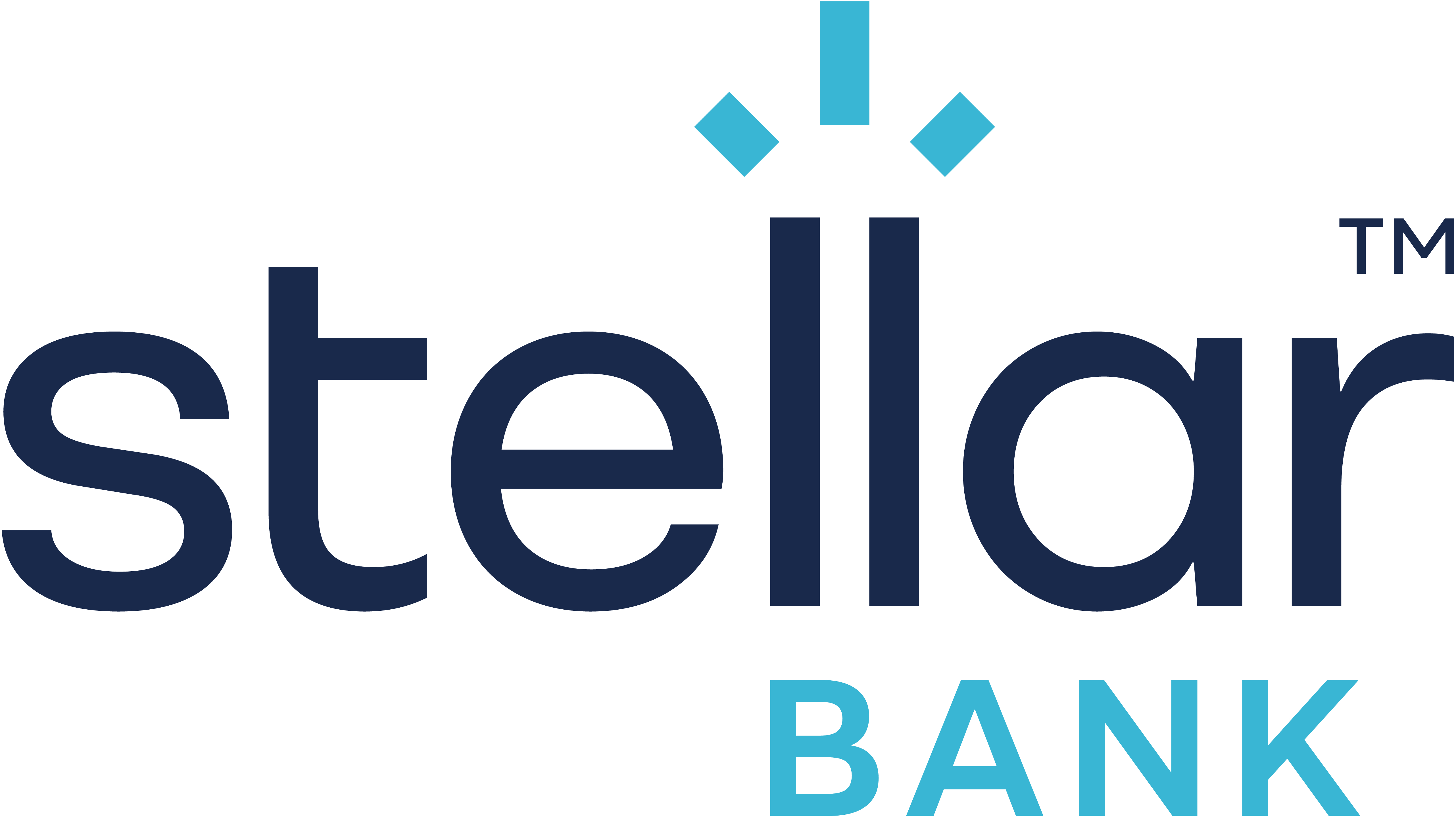Remote, In-Office or Hybrid? How to Choose the Right Work Model for Your Small Business
By: Aries Payne
The way we work has changed dramatically in the past few years. Remote work peaked during the early years of the COVID-19 pandemic, but many companies have since kept it as a permanent option. Some have returned to a full-time, in-office structure, while others have adopted a blended, hybrid schedule.
As a growing small business, you may be wondering which work model is best as you expand your team. Each option has its advantages, but what works for one business might not be the right fit for another. The good news is that once you understand the trade-offs, you'll be in a much stronger position to choose a model that supports your business, employees and long-term goals.
Pros and Cons of Each Work Model for Small Businesses
Remote, in-office and hybrid work models create very different workplace experiences. Here's a closer look at what each model offers:
Remote Work Model
Many small businesses start as remote operations because the model saves money by eliminating expenses such as rent and utilities. Additionally, employees often appreciate the flexibility and work-life balance that comes with working from home.
However, as your business grows, it can be harder to maintain collaboration, communication and company culture. Some staff may also struggle without regular human interaction.
In short: Remote work can be highly efficient for your small business, but it only works if you're willing to invest in tools and solutions that can keep your team connected and operations secure.
In-Office Work Model
The traditional in-office model allows you to keep your team together in one space, making communication easier. It also helps strengthen company culture and offers consistency, which is key if your work requires hands-on collaboration or direct interaction with clients and customers.
That said, in-office work comes with higher overhead costs and less flexibility for employees, which can limit your hiring pool as you expand.
In short: In-office setups are best for small businesses where face-to-face interaction is essential and the benefits of proximity outweigh the added costs.
Hybrid Work Model
A hybrid model offers the best of both worlds: flexibility for employees and opportunities for in-person collaboration. It has become a popular option for improving staff morale and retention while also reducing the need for large office spaces.
However, hybrid work requires careful coordination. Without clear policies and communication, you may run into scheduling challenges or risk some employees feeling less connected than others.
In short: A hybrid work model can offer balance, but it works only when expectations are clear and you’re intentional about keeping everyone engaged.
How to Choose the Right Work Model for Your Small Business
Here are some additional considerations as you establish your work model:
- Type of Business — If your business relies on hands-on collaboration or face-to-face interaction with clients and customers, an in-office model may be the most practical choice. Otherwise, if your work is mostly digital, a remote or hybrid structure might be a better fit.
- Budget — Expenses can add up quickly. Remote and hybrid models can free up resources you can reinvest elsewhere.
- Company Culture — What kind of culture do you want to build? Some teams thrive with the independence that comes from remote or hybrid work, while others do better in a structured, in-person environment.
- Talent Retention — Flexibility is one of the top things job seekers look for today. Offering remote or hybrid work can help you attract and retain talent, though some employees may prefer the consistency of in-office work.
- Scalability — Remote teams can scale quickly, while an in-office model may require long leases or bigger spaces as your team expands.
Creating a Sustainable Work Model for Your Small Business
Whichever work model you choose for your small business, the key is sustainability. The right setup isn't just about what works today—it's about what will continue to support your employees and your goals as your business grows.
Make it a habit to check in with your staff, review what’s working (and what’s not) and don’t be afraid to adjust along the way. What fits your team now may need to evolve in a year or two. That flexibility can become one of your greatest strengths as a business owner.
Still weighing your options? Connect with your local Small Business Development Center (SBDC). Our business advisors can help you consider your circumstances and choose a work model that's practical and built to last.








